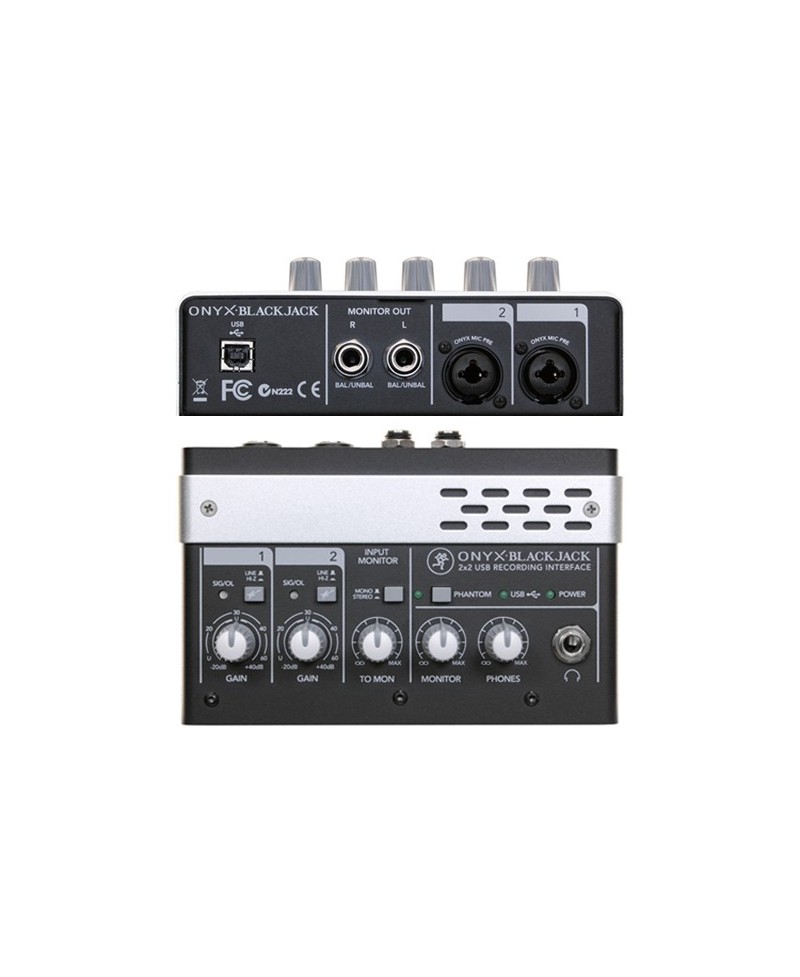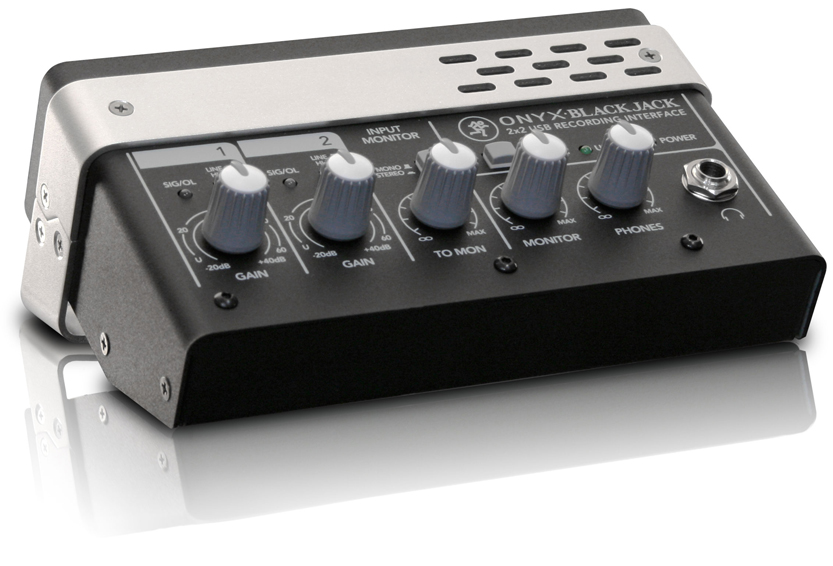



This does not mean you have to settle for a mediocre interface 2x2 cheap plastic.

Tracktion is rather odd looking and initially gives the impression of being some kind of Java project, especially as it could take some time thinking about things.If you could stay, or if you had the means to buy a high-end console, it would already be in your studio. Included in the box is a serial number for the app that you can download after registering. The Onyx Blackjack also comes with Tracktion 3 recording software for Mac and PC. The phones level is independent of the monitor too, which is useful. So you can ignore the input monitor option and just listen back from the main monitor output. If you can live with some delay, the niceties of panning and effects can be applied when playing from within the recording software. There’s even a mono button for input monitoring, so if you’re just tracking guitar, you don’t get it in just one ear. This way you avoid the oft-times distracting delay (latency) that you get from the signal being returned via the recording software. In the centre, the input monitor section performs duties of letting you either hear the signal direct. With any source, the signal presence light shines green so you can turn up the gain until it flashes red and then back off to keep it in the green to avoid distortion. Use the XLR connectivity for mics and if you use the condenser sort, there is 48V phantom power switching available too. The front panel kicks off with the gain controls for both channels with line/high impedance switching – the latter option being for mainly for guitars – that works on the 1/4” jack inputs. It’s all very tidy, leaving the cable sprawl at the rear, apart from the 1/4” headphone socket on the front. There’s also a USB port here, as the unit is bus powered from the host computer. The back panel is home to a pair of balanced audio inputs on combo XLR/TRS jack connectors, with the monitor output on just balanced TRS jack sockets. The weight of the Onyx Blackjack is an advantage too, at 800g it certainly doesn’t be skate around the desk on the whim of a springy cable. Its all-metal casing keeps it well-shielded and it has decent-sized knobs and switches on the control surface that tell you at a glance what’s what. Now, this model isn’t the cheapest of its kind and there’s no MIDI or effects on-board either, but it’s no flimsy plastic box that will fizz with interference as soon it you place it near a laptop. Now owned by Loud Technologies, Mackie’s design ethic still remains evident in the Onyx Blackjack dual channel USB audio interface.


 0 kommentar(er)
0 kommentar(er)
